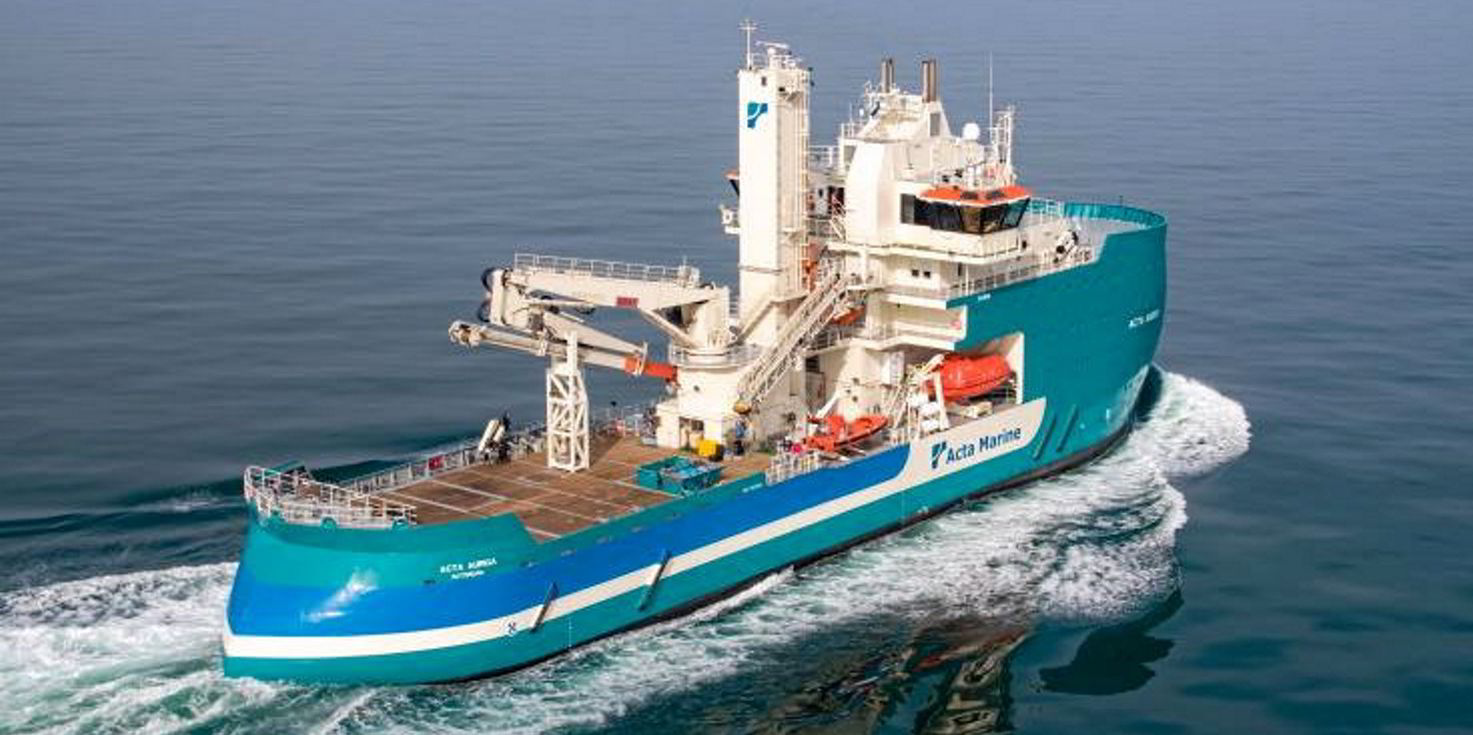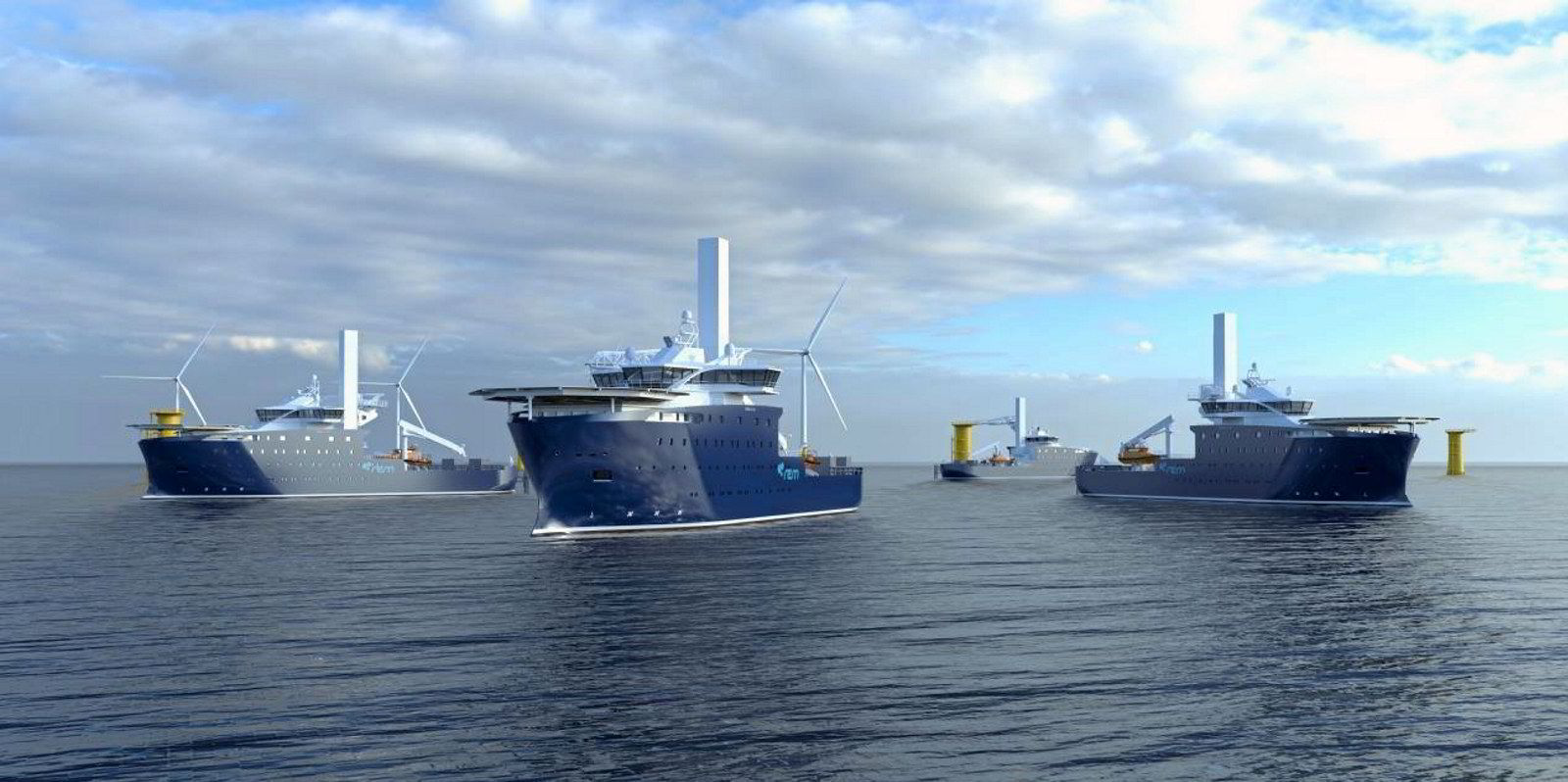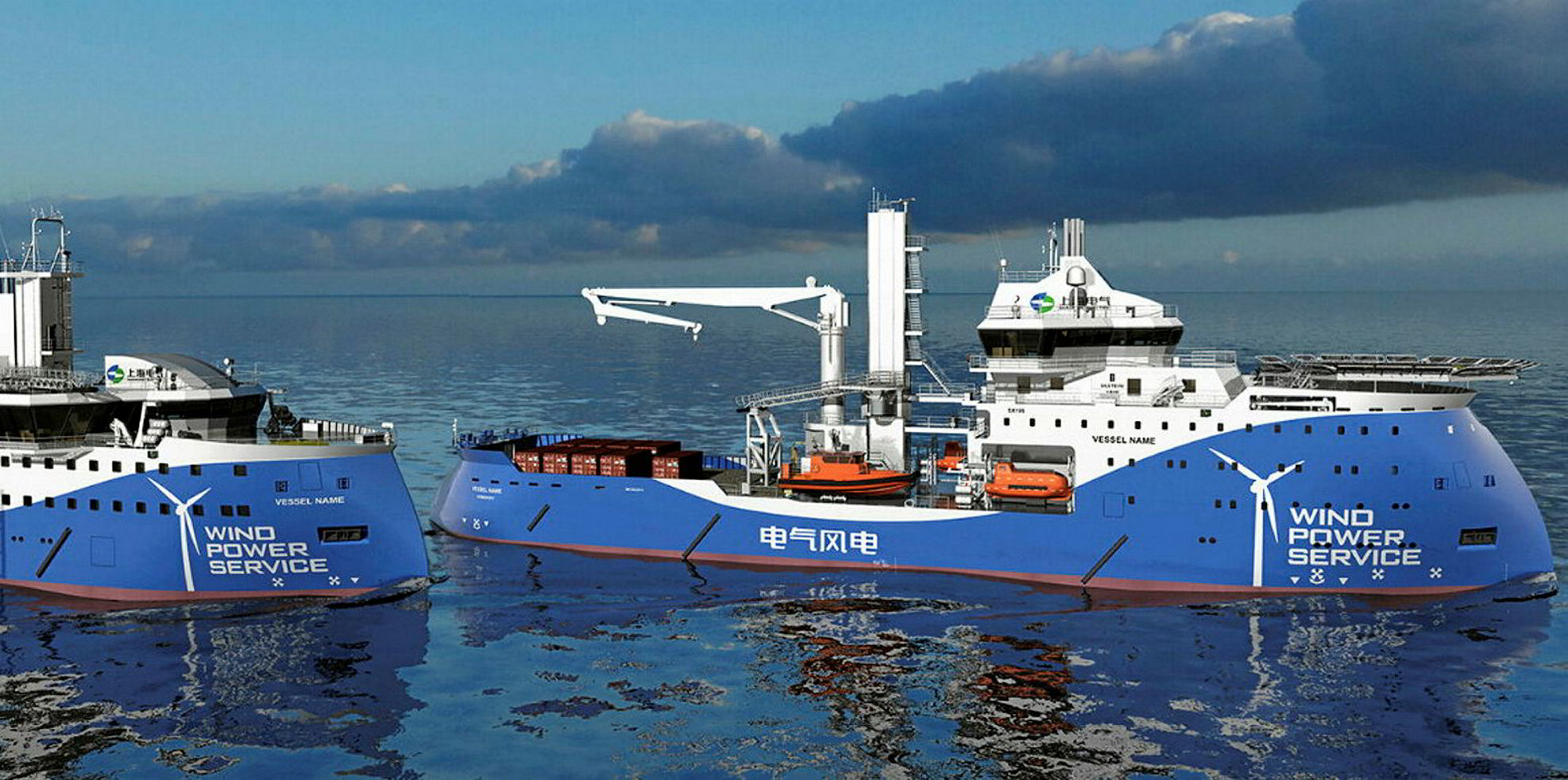The offshore wind market is facing growing competition for construction service operation vessels (CSOVs) from the recovering offshore oil and gas market, according to a top broker.
“Shipbrokers and analysts for years warned about what would eventually happen once the oil and gas market recovered, and offshore wind continued to grow,” Clarksons Platou Offshore & Renewables said.
“In 2019 and 2020, we saw the first signs of the intersection of the two markets affecting rates.”
While Covid-19 brought a slow rate of recovery to a temporary halt in early 2020, there was increased activity in the 2021 CSOV season in the North Sea.
“At this time last year, many professionals engaged in chartering questioned whether there would be enough vessels to cover the seasonal demand for wind farm construction, offshore and marine and unplanned maintenance campaigns,” Clarksons Platou Offshore & Renewables said.
“While the fear of too little supply did not drastically materialise in the 2021 season, the industry is heading into a year where these fears are more justified than ever.”
In 2019 and 2020, we saw the first signs of the intersection of the two markets affecting rates
Clarksons Platou Offshore & Renewables
The broker says that until the middle to end of January 2022, this seemed like it could lead to a balanced supply/demand situation in the summer due to very little outstanding CSOV requirements.
“However, that has recently changed with a massive influx of requirements in the past weeks for short and medium-term work. To add to the dilemma, they are clustering mostly around commencement dates between April and May,” Clarksons Platou Offshore & Renewables said.
“With many vessels already being secured the remaining available assets will often come with many compromises, ie reduced working limits, little walk-to-work experience or day rates that were last seen in 2015.”
The broker said that the tide has “definitely turned” and this year will show if charterers in offshore wind will be agile enough to adopt to this new market situation.
“After many years of getting agreements with unbalanced contract terms on very capable vessels built for the oil and gas market, and plenty of vessels to choose from, charterers will now have to actively sell themselves to owners by making opportunities attractive,” Clarksons Platou Offshore & Renewables said.
“That can be in the form of improved contract terms, more efficient tender processes, more flexibility and most importantly higher budgets.”
The broker said it is now seeing first instances of charterers trying to bundle work scopes across projects to offer longer durations or even checking the market for semi-speculative long-term charters to secure assets for their projects to come.
Another potential bottleneck facing the offshore wind market is the availability of motion compensated gangways for hire, which has not been an issue in recent years.
“When pretty much all vessels with permanently installed gangway are committed, rental units on DP vessels with sufficient cabins and deck space used to be the way to go,” said Clarksons Platou Offshore & Renewables.
“However, for the next four to seven months we see gangway availability as one of the biggest risks next to the vessel shortage in order to cope with the CSOV demand for the season.”





